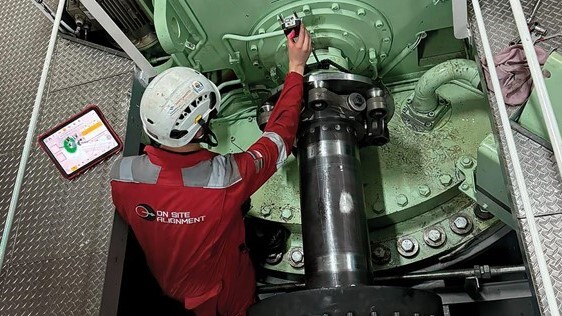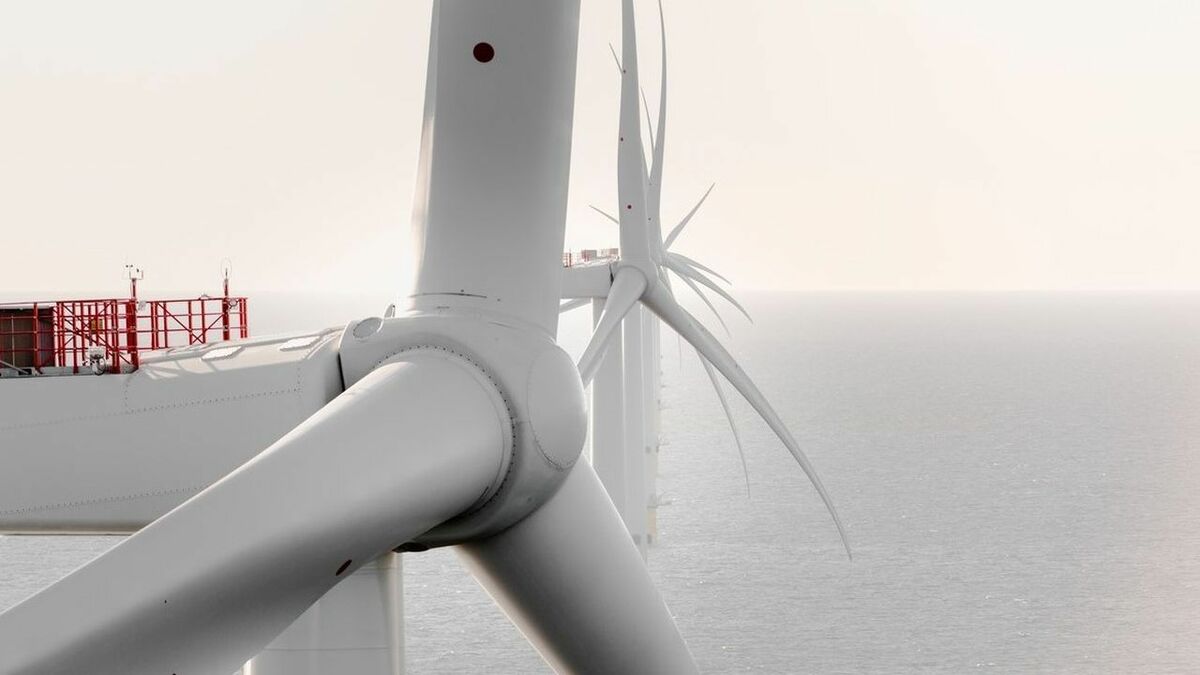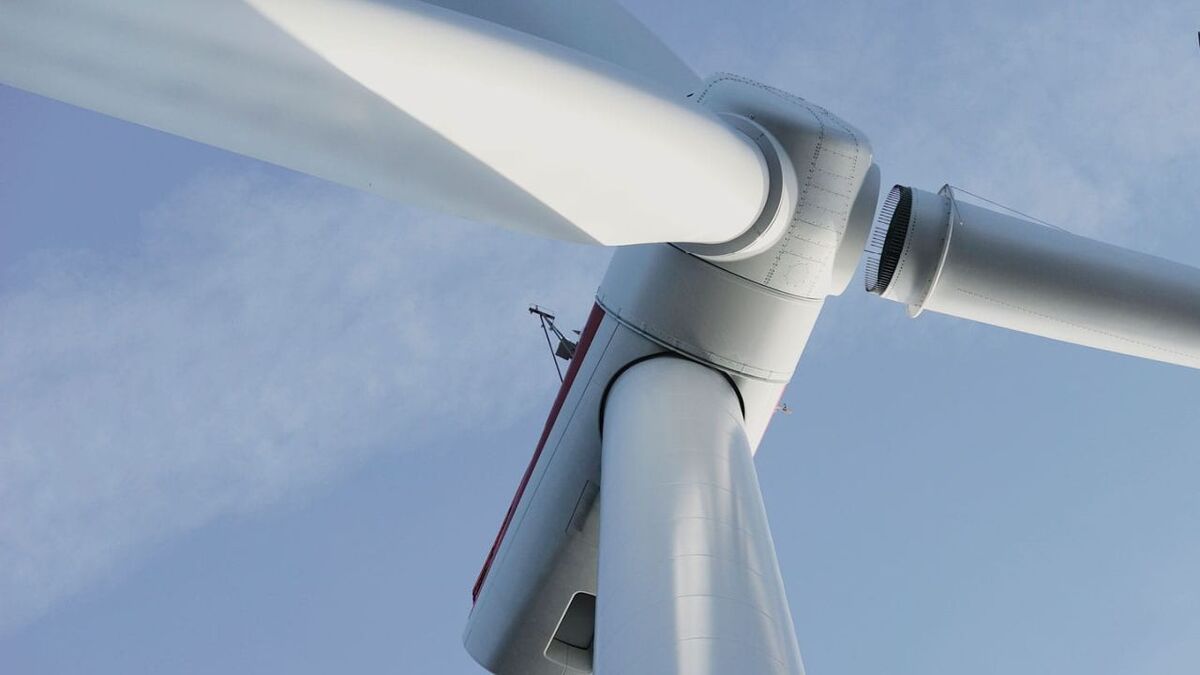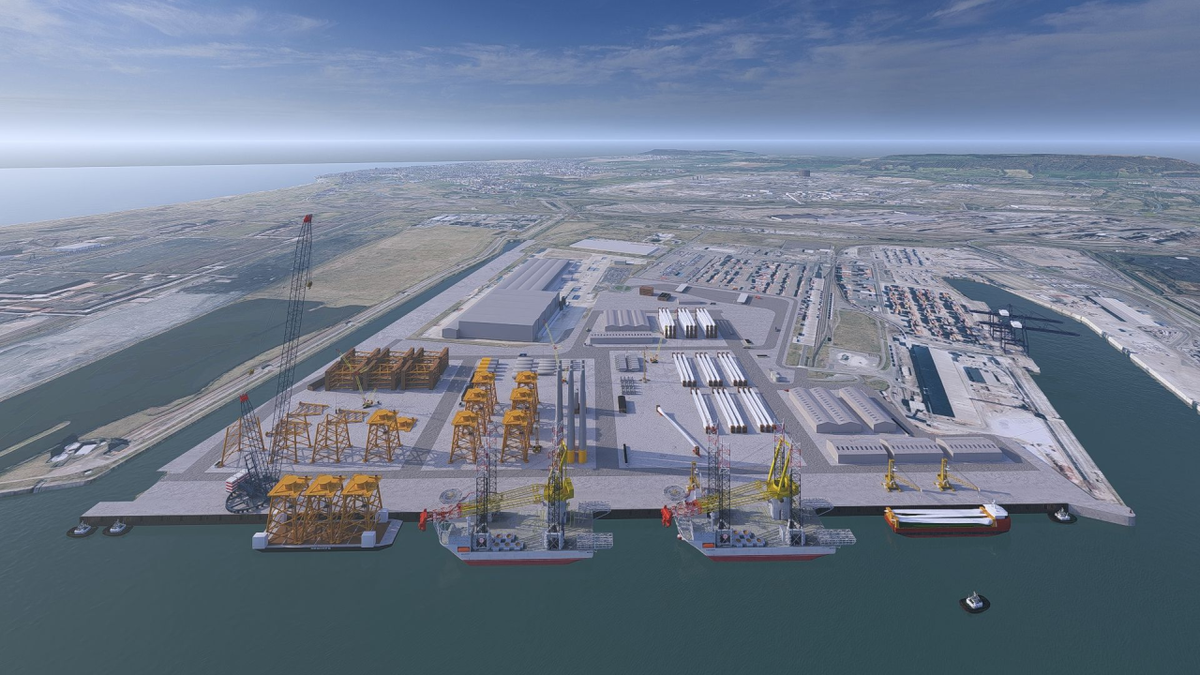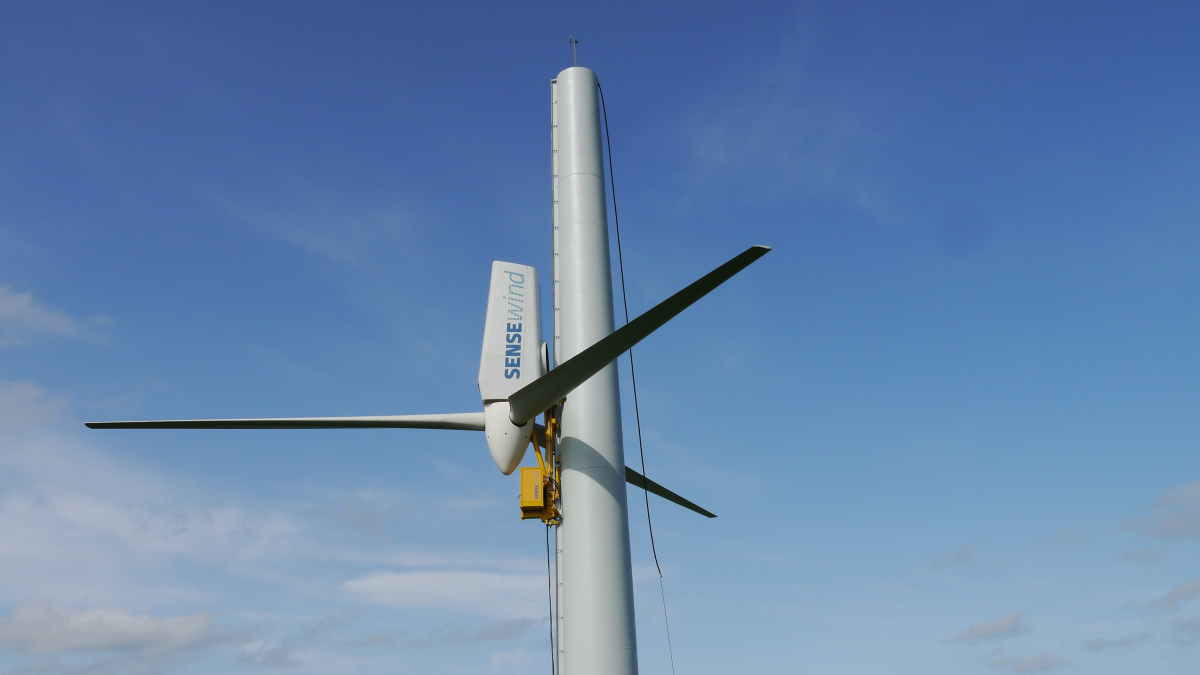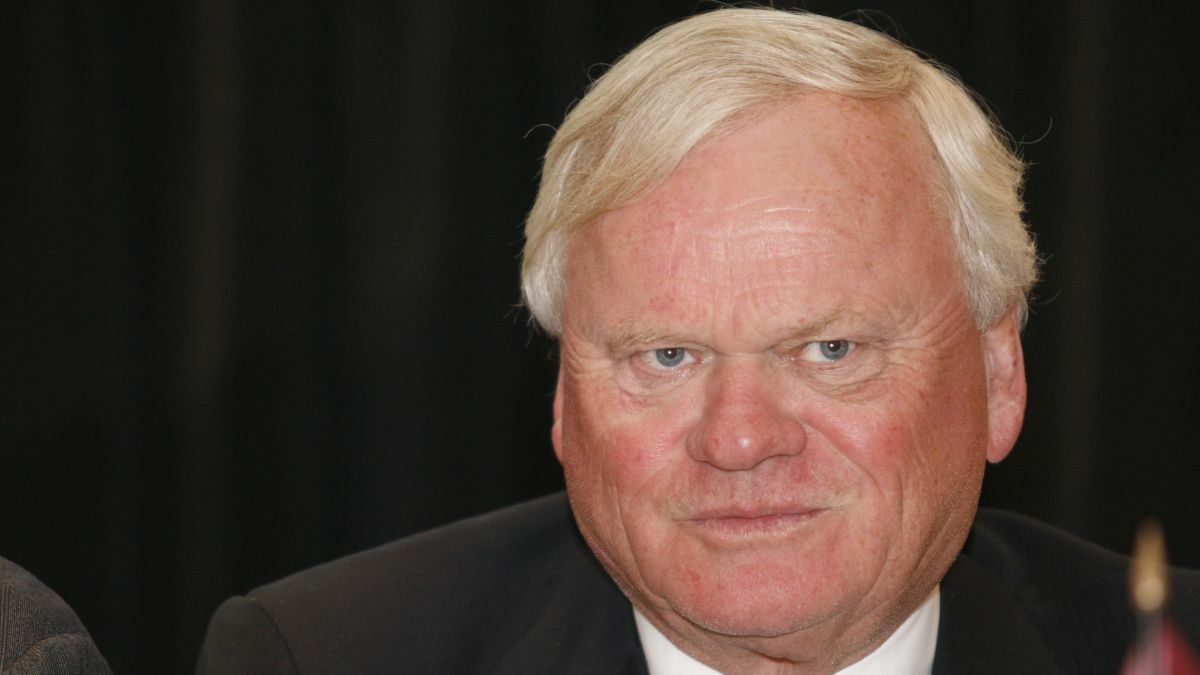Business Sectors
Events
Contents
'Whole of energy system approach' the key to EU offshore wind strategy
As BVGA associate director Andy Strowbridge explains, the European Commission’s offshore wind strategy, expected in October, could not come at a more opportune time
Many are calling for a green-led recovery from the Covid-19 induced economic slump. Subsidy-free renewable energy projects are becoming the new normal. Wind is taking an increasing share of the generation mix. Also, offshore wind is seen as having the ability to reach 450 GW by 2050.
Offshore wind costs have tumbled in recent years. The electricity prices of projects built today in markets such as the UK and the Netherlands are below the wholesale rate.
The most dramatic cost reductions, and the biggest markets, have arisen when governments set a supportive framework in the early years, followed by a more market-oriented approach.
This approach has developed a sustainable and significant offshore wind industry in the countries surrounding the northern seas. Given its record of pragmatic evidence-based policy, the Commission’s strategy is likely to reflect these lessons to enable offshore wind to grow in both capacity and geographic coverage.
To be effective, any offshore wind strategy must go beyond the steel or concrete that will lie in the ocean. It must take a holistic view of the complete energy system. It must cover generation through to transmission and storage to consumption, system management and financial and policy mechanisms.
Higher renewable energy penetration, and the doubling of electricity use expected by 2050, will need a step-change to national and international transmission systems. These will not take place though simple reactive improvement projects. It requires a more proactive and joined-up approach. They are a vital and strategic asset for a nation.
Co-ordination of national and international transmission systems enables specialisation on a continental level. It can join areas where renewable generation resources are strongest to areas best suited to storage and to areas of high demand. For example, generation could take place off the west coast of Ireland, stored in Norwegian pumped storage facilities ready to be transmitted to Germany’s Ruhr industrial heartland when needed.

The Commission must drive the vision and delivery of such internationally integrated grids. This involves a 15-year horizon due to the lead times to plan and build complex onshore infrastructure. Only then will all the benefits of more offshore wind on electricity prices, jobs and the environment be realised. This is exactly the sort of intervention the European Union was created for – multinational co-operation to maximise benefits for all.
Network scale storage solutions will also need to be part of any strategy for offshore wind. It would be unwise to see a single ‘winning’ technology as encouraging a wide portfolio of solutions will increase adoption. Solutions range from well-proven and simple ones like pumped storage, through to the emerging solutions including power to gas, battery storage and connecting vehicle to grid.
Co-operation across borders is within the EU remit and should be a key part of any offshore wind strategy. The wind does not recognise human borders, so neither should planning for offshore wind. Marine spatial planning needs cross-borders activity. This will ensure the use of the best wind resources without any geopolitical barriers.
One consequence of the relative maturity of the European offshore wind industry is that many of the ‘easy’ sites are already developed. Expansion into newer waters will require new technologies, especially floating foundations.
As a relatively new technology vital for the further expansion of offshore wind, the Commission’s strategy should provide a boost to floating technology. This could be through enhanced support for further research, development and commercialisation.
Market forces will drive cost reduction, risk reduction and delivery of commercial returns. The Commission Strategy needs to focus on removing barriers such as transmission bottlenecks, extended and unpredictable planning processes, and commercialising new technologies such as storage and floating.
If it does, offshore wind can deliver its full potential to the economy, environment and society of the whole of Europe.
In June, Riviera held a series of webinars on offshore wind. These are available to view in our webinar library
Related to this Story
Events
Maritime Environmental Protection Webinar Week
Cyber & Vessel Security Webinar Week
The illusion of safety: what we're getting wrong about crews, tech, and fatigue
Responsible Ship Recycling Forum 2025
© 2024 Riviera Maritime Media Ltd.

